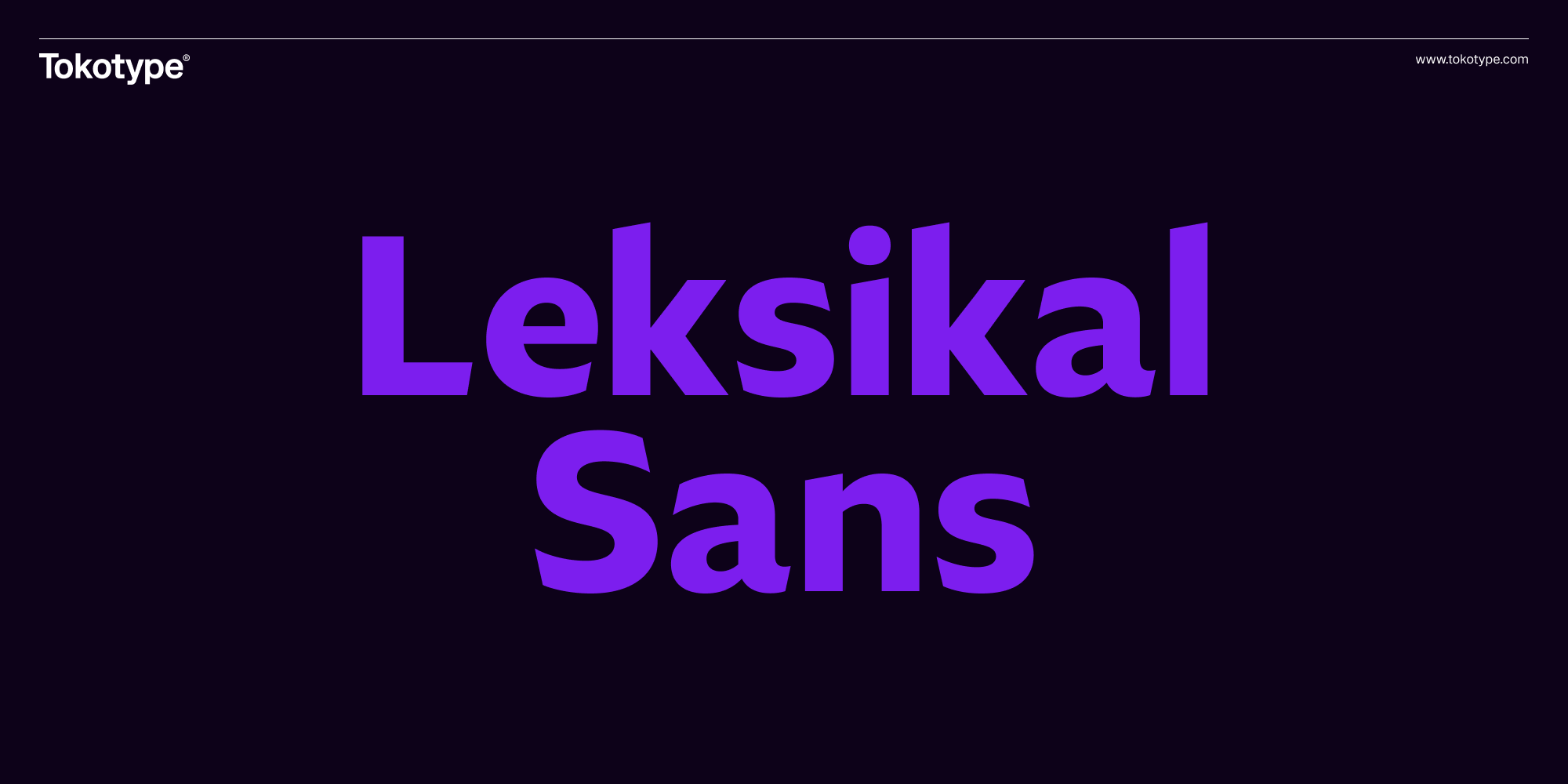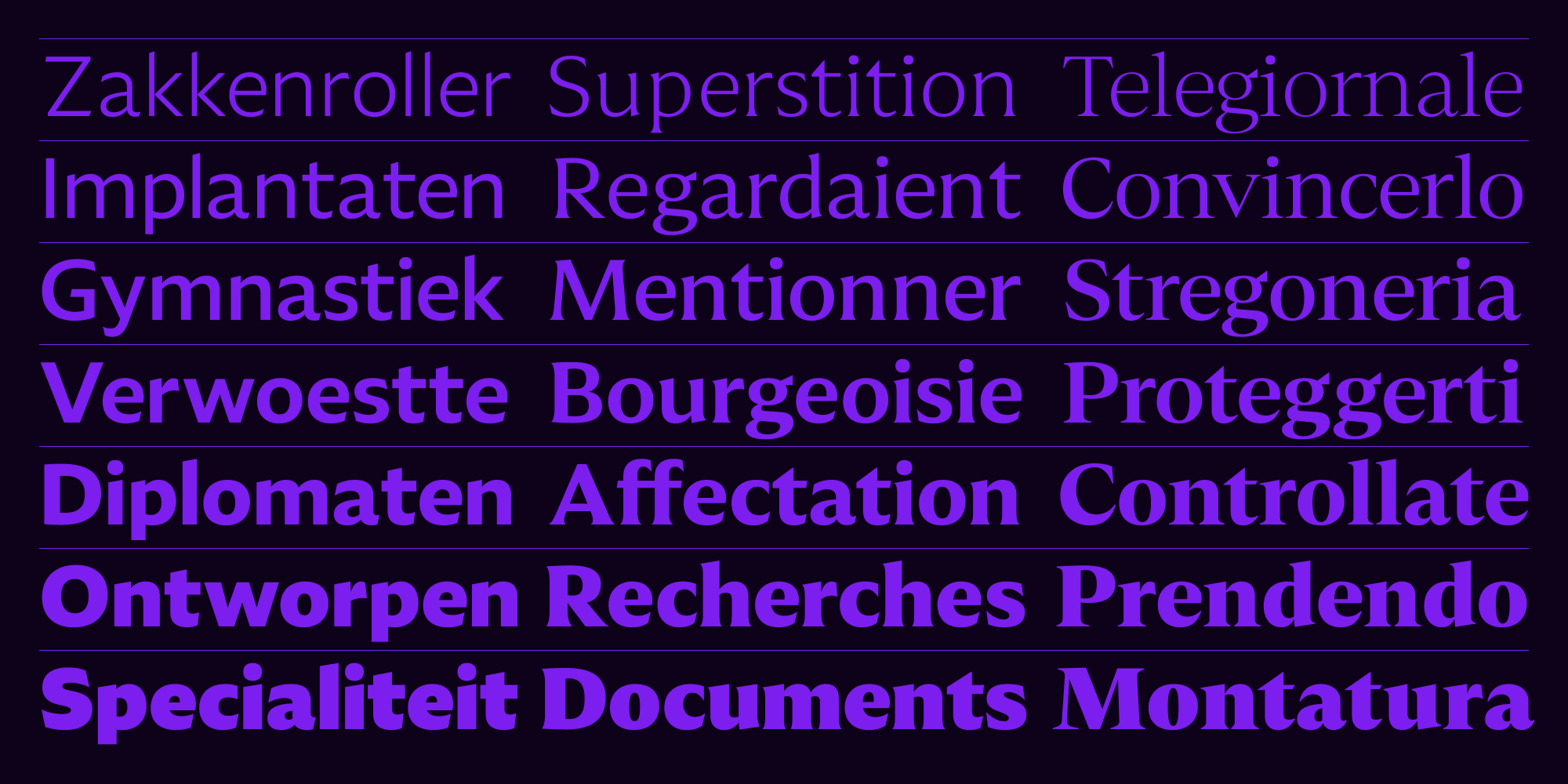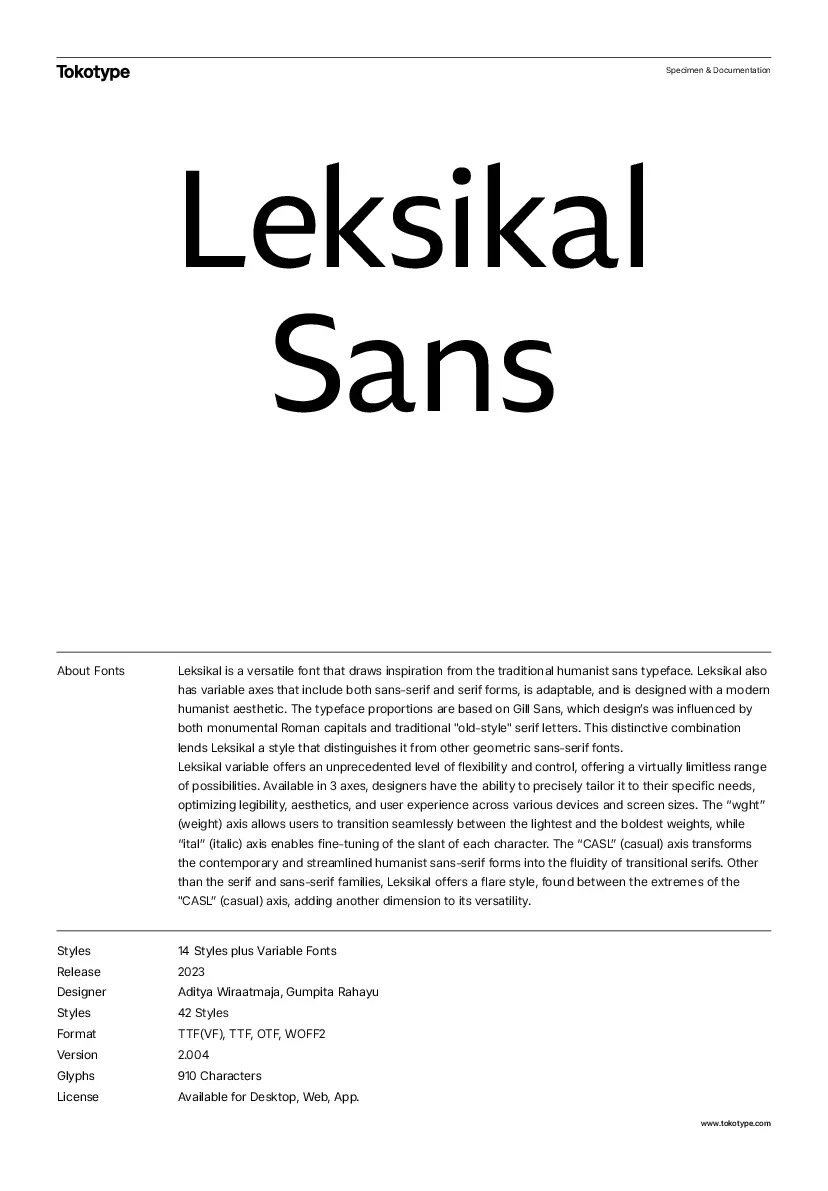Honey is more than a sweetener—it's a reflection of geography, climate, and the flowers that bloom near the hive. Each variety tells a unique story. Eucalyptus honey carries a menthol edge from tall Australian groves. Buckwheat honey is dark and bold, with a molasses-like finish from dense northern fields. Palmetto honey, native to the American South, offers a light, resinous character with floral depth. These flavors aren’t crafted in a lab; they emerge from nature itself, shaped by the bees’ foraging patterns and the season’s bloom. For many producers, maintaining this purity is a craft rooted in slow harvesting, cold-filtering, and minimal interference.
Modern consumers are rediscovering honey as a terroir product—one that’s deeply tied to origin and process. Artisan honey brands are embracing this by labeling jars not only with type, but also with region codes, harvest dates, and batch IDs. You might find a jar marked “Palmetto / 04.2025 / Lot PLM-3” that tastes completely different from next season’s version. Packaging, too, reflects this artisanal turn: matte-finished glass, wood caps, recycled paper seals. And inside? A spoonful of place—sweet, complex, and raw. As people turn toward local foods and slow-crafted ingredients, honey stands out as one of nature’s most honest luxuries, balancing indulgence with origin.
Honey has long been praised for its sweetness, but its true value lies in complexity and connection. Each jar of artisan honey is a snapshot of its environment—a natural product influenced by soil, climate, and bloom cycles. From high-altitude wildflower fields to dense buckwheat farms, bees gather nectar from a range of plants, shaping the flavor and texture of the honey they produce. Eucalyptus honey, for instance, is known for its herbal depth and amber tone. Buckwheat yields a bold, almost savory variety, while palmetto honey surprises with light, floral-resin notes. These aren’t just different flavors—they're entirely different sensory experiences, shaped by time and place.
The rise of small-batch, traceable honey has given way to a new kind of food craftsmanship. Producers now print harvest dates, origin codes, and batch numbers on each jar, mirroring the way fine wine or olive oil is handled. Packaging has evolved to match: minimal design with natural textures like kraft paper, wood-topped lids, and embossed seals. Infused honeys—featuring ginger, lemon, or lavender—further expand the category, offering functional uses in teas, baking, and savory cooking. This transparency and creativity resonate with a growing audience of health-conscious and design-savvy consumers. What was once a basic pantry item is now elevated to a boutique culinary product.
Beyond taste and presentation, honey also tells a story of sustainability and stewardship. Ethical beekeepers work in sync with seasonal rhythms, maintaining biodiversity while protecting fragile ecosystems. Many small producers avoid overharvesting, ensuring that bees retain enough honey for their own survival through winter. By purchasing artisan honey, consumers are supporting not just flavor, but regenerative practices that prioritize the health of pollinators and plants alike. In a food landscape dominated by fast and synthetic options, honey offers a rare counterpoint: something wild yet intentional, ancient yet fresh, and always made in collaboration with nature.
Regular
Solid Outline
| Glyph Name | |
| Character Name | |
| Unicode Decimal | |
| Unicode Hex |
Item 1 of 8
About Font
Leksikal’s sans-serif style is rooted in the traditions of humanist typefaces, drawing inspiration from designs like Gill Sans. Influenced by both monumental Roman capitals and classic "old-style" serif forms, it stands apart from geometric sans-serifs with its distinctive proportions and organic flow. Designed for versatility, its modern humanist aesthetic ensures readability and warmth across a range of applications.
Language Supports
Afar
Afrikaans
Andaandi
Dongolawi
Anuta
Aragonese
Arbëreshë Albanian
Asturian
Atayal
Basque
Bemba (Zambia)
Bikol
Bislama
Borana-Arsi-Guji Oromo
Bosnian
Breton
Catalan
Cebuano
Central Aymara
Central Nahuatl
Chamorro
Chavacano
Chiga
Cook Islands Māori
Cornish
Corsican
Creek
Czech
Danish
Eastern Arrernte
Eastern Oromo
Faroese
Fijian
French
Friulian
Ganda
German
Gheg Albanian
Gilbertese
Gusii
Gwichʼin
Haitian
Hopi
Hungarian
Hän
Icelandic
Igbo
Iloko
Indonesian
Italian
Jamaican Creole English
Javanese
Jola-Fonyi
Kabuverdianu
Kaingang
Kala Lagaw Ya
Kalaallisut
Kekchí
Kenzi
Mattokki
Kirmanjki
Latgalian
Lower Sorbian
Luo (Kenya and Tanzania)
Makonde
Malagasy
Maltese
Manx
Maori
Mauritian Creole
Minangkabau
Mohawk
Montenegrin
Murrinh-Patha
Mwani
Naga Pidgin
Neapolitan
Nobiin
North Azerbaijani
North Ndebele
Northern Sami
Norwegian
Nyankole
Orma
Pampanga
Papiamento
Polish
Portuguese
Potawatomi
Quechua
Romanian
Romansh
Rotokas
Samoan
Saramaccan
Sena
Seselwa Creole French
Sicilian
Slovak
Slovenian
Soga
Southern Aymara
Southern Sotho
Spanish
Sranan Tongo
Sundanese
Swahili
Swiss German
Tagalog
Talysh
Tetun Dili
Tokelau
Tonga (Tonga Islands)
Tosk Albanian
Tsakhur
Tuvalu
Tzotzil
Upper Sorbian
Venetian
Vietnamese
Võro
Walser
Warlpiri
Wayuu
West Central Oromo
Western Frisian
Yoruba
Zapotec
Afrikaans
Andaandi
Dongolawi
Anuta
Aragonese
Arbëreshë Albanian
Asturian
Atayal
Basque
Bemba (Zambia)
Bikol
Bislama
Borana-Arsi-Guji Oromo
Bosnian
Breton
Catalan
Cebuano
Central Aymara
Central Nahuatl
Chamorro
Chavacano
Chiga
Cook Islands Māori
Cornish
Corsican
Creek
Czech
Danish
Eastern Arrernte
Eastern Oromo
Faroese
Fijian
French
Friulian
Ganda
German
Gheg Albanian
Gilbertese
Gusii
Gwichʼin
Haitian
Hopi
Hungarian
Hän
Icelandic
Igbo
Iloko
Indonesian
Italian
Jamaican Creole English
Javanese
Jola-Fonyi
Kabuverdianu
Kaingang
Kala Lagaw Ya
Kalaallisut
Kekchí
Kenzi
Mattokki
Kirmanjki
Latgalian
Lower Sorbian
Luo (Kenya and Tanzania)
Makonde
Malagasy
Maltese
Manx
Maori
Mauritian Creole
Minangkabau
Mohawk
Montenegrin
Murrinh-Patha
Mwani
Naga Pidgin
Neapolitan
Nobiin
North Azerbaijani
North Ndebele
Northern Sami
Norwegian
Nyankole
Orma
Pampanga
Papiamento
Polish
Portuguese
Potawatomi
Quechua
Romanian
Romansh
Rotokas
Samoan
Saramaccan
Sena
Seselwa Creole French
Sicilian
Slovak
Slovenian
Soga
Southern Aymara
Southern Sotho
Spanish
Sranan Tongo
Sundanese
Swahili
Swiss German
Tagalog
Talysh
Tetun Dili
Tokelau
Tonga (Tonga Islands)
Tosk Albanian
Tsakhur
Tuvalu
Tzotzil
Upper Sorbian
Venetian
Vietnamese
Võro
Walser
Warlpiri
Wayuu
West Central Oromo
Western Frisian
Yoruba
Zapotec
Related Family
Download Trial Fonts for Free
Take our fonts for a spin! Enter your name, email address, and the font of your choice. Then, you can download it directly and start testing it for your project.
Select font








